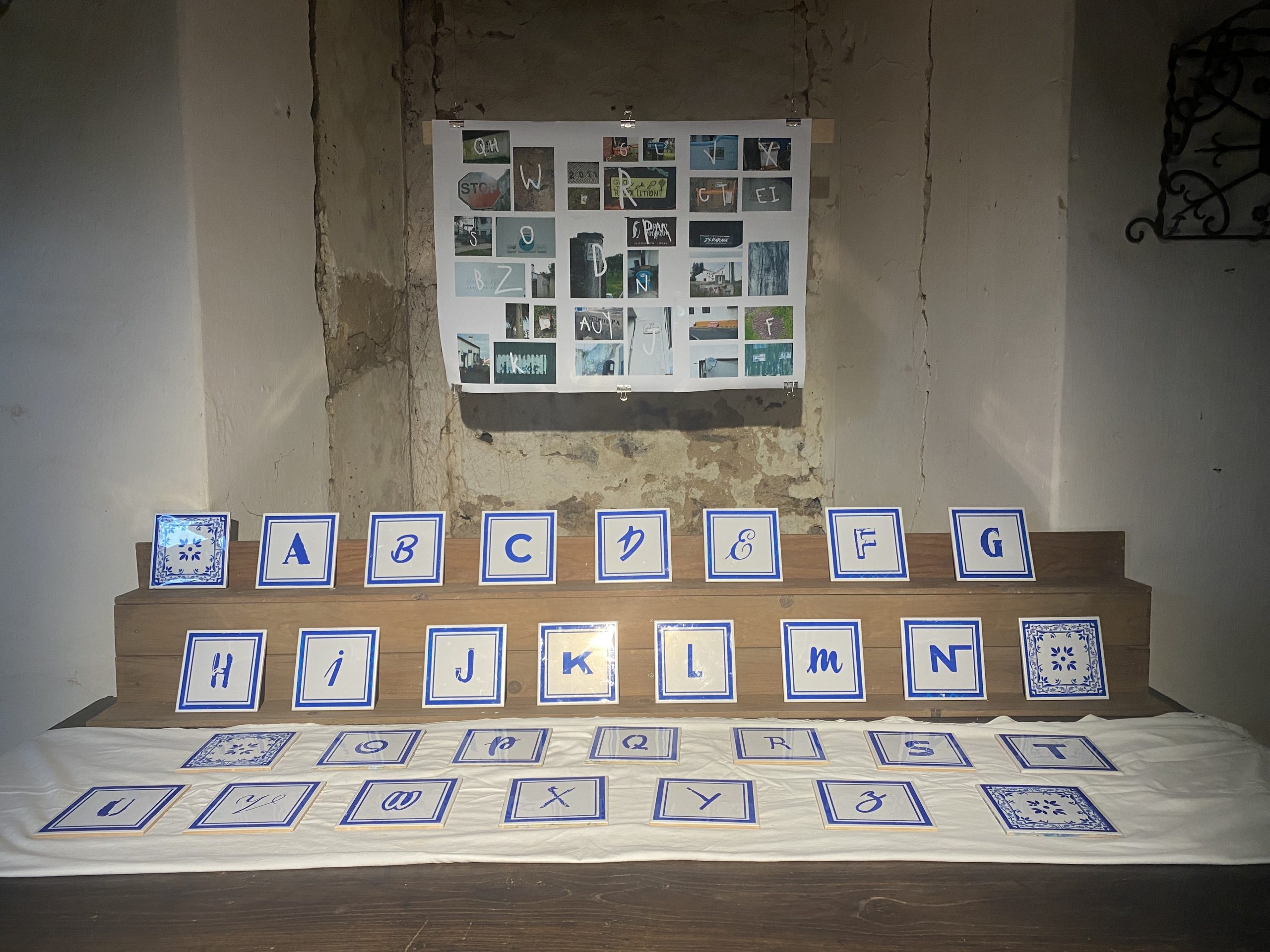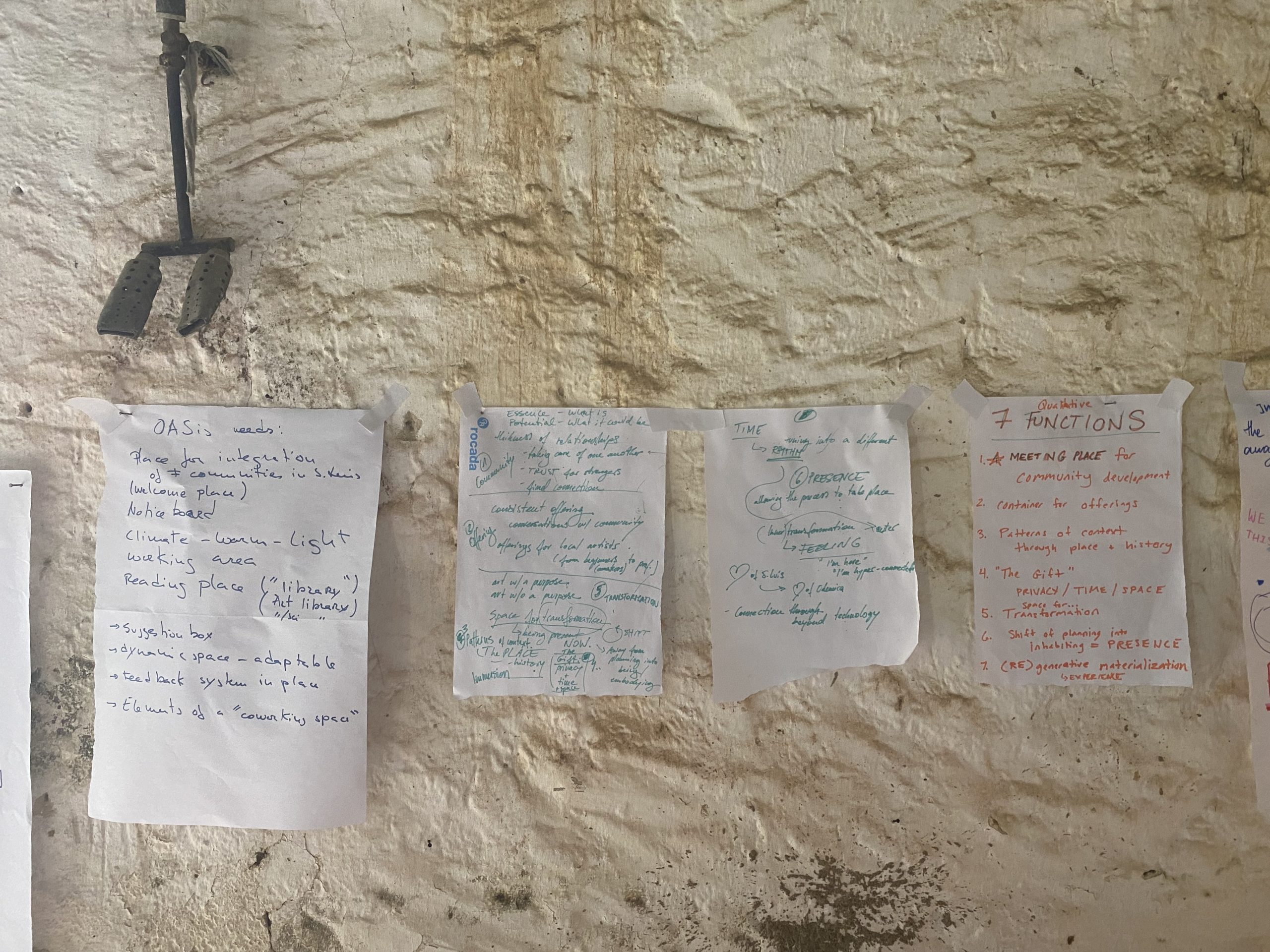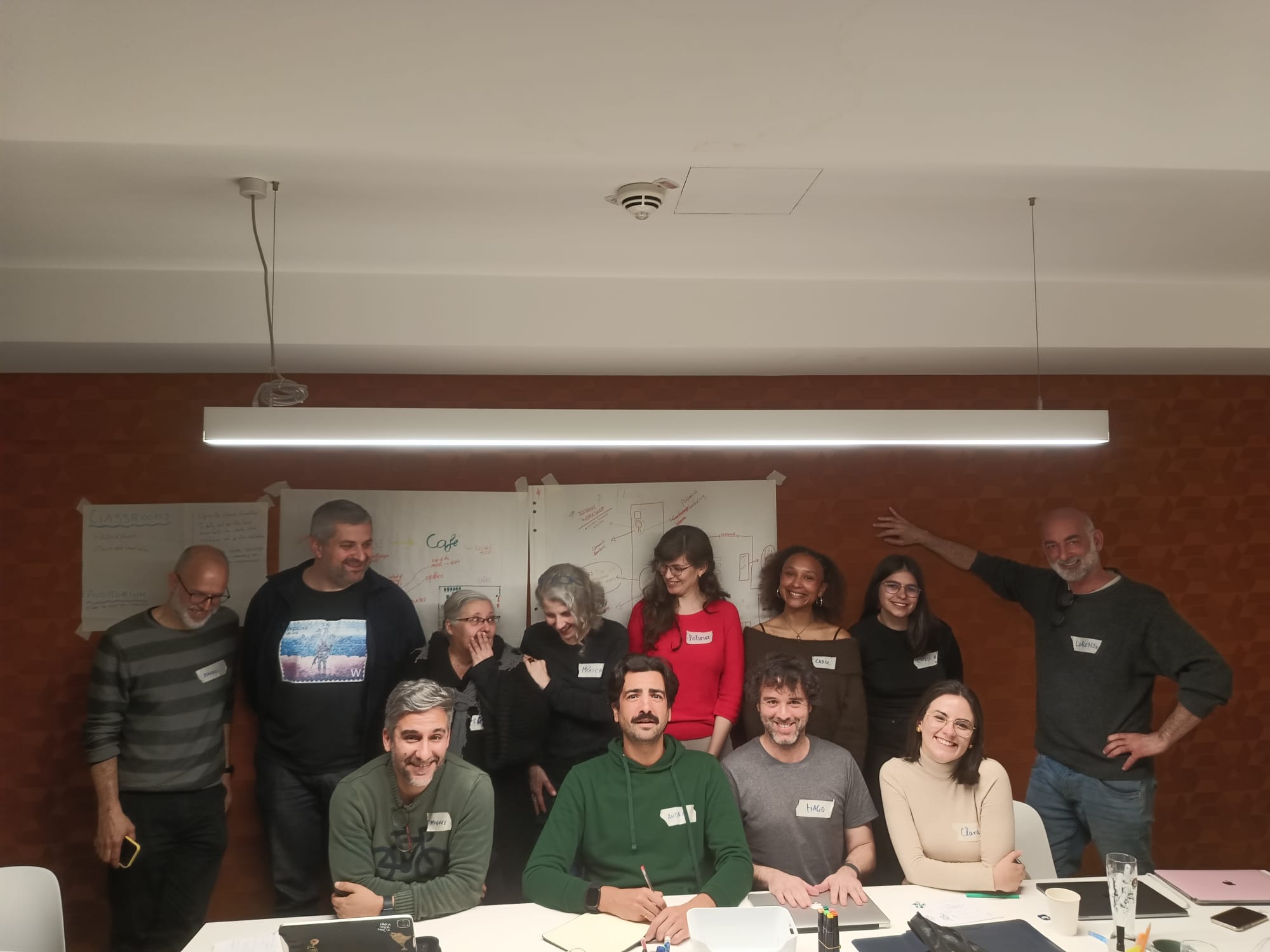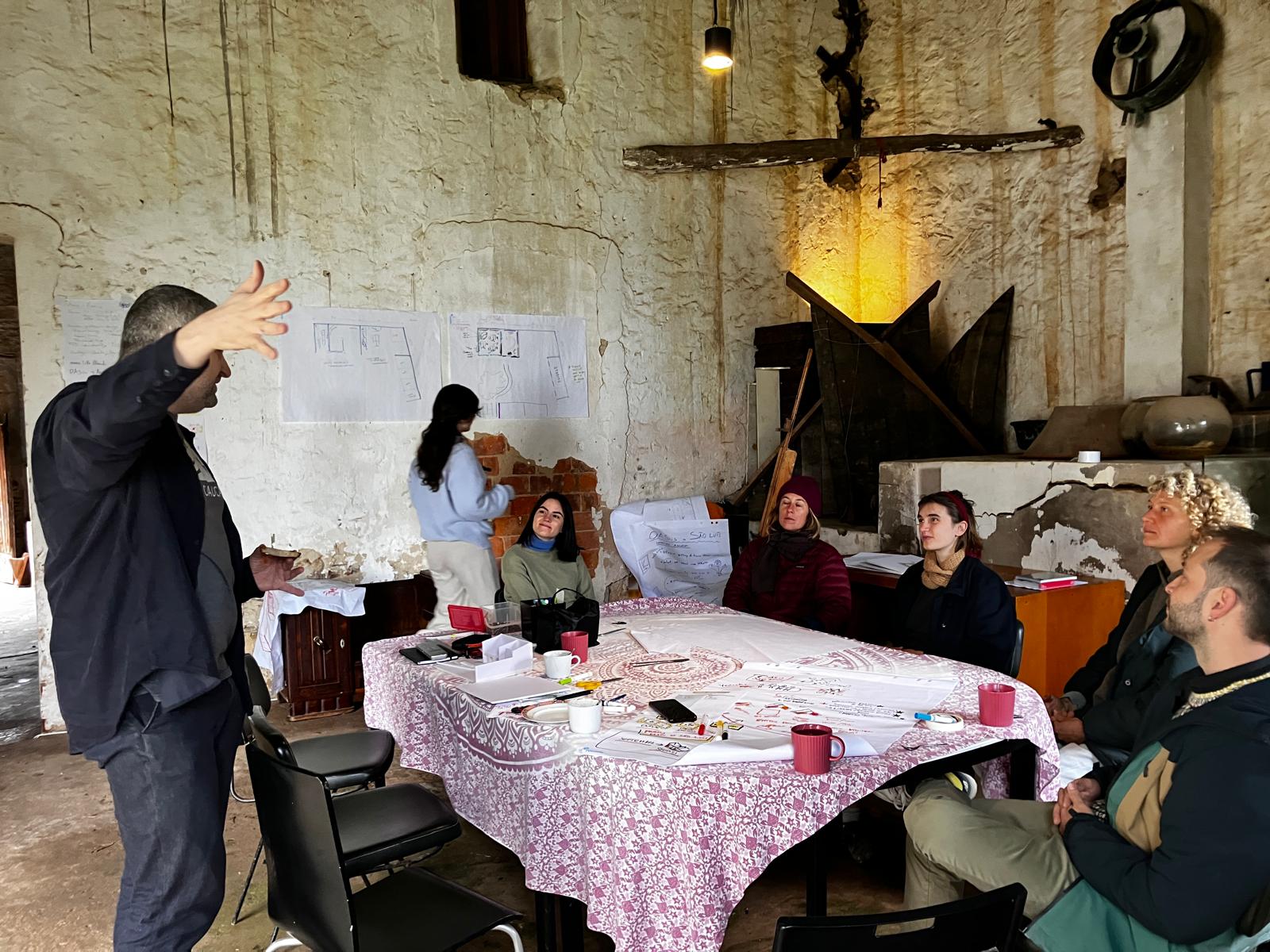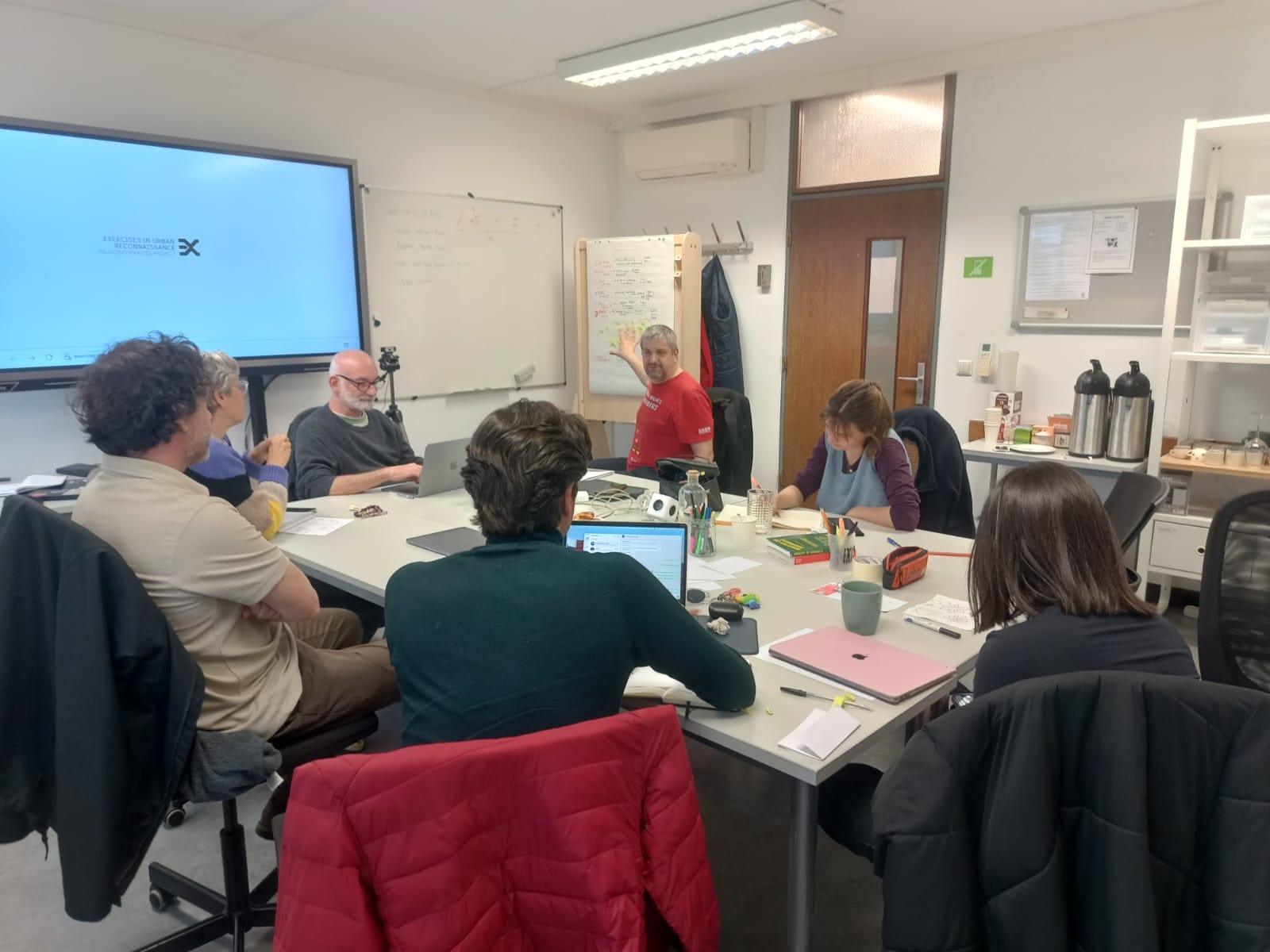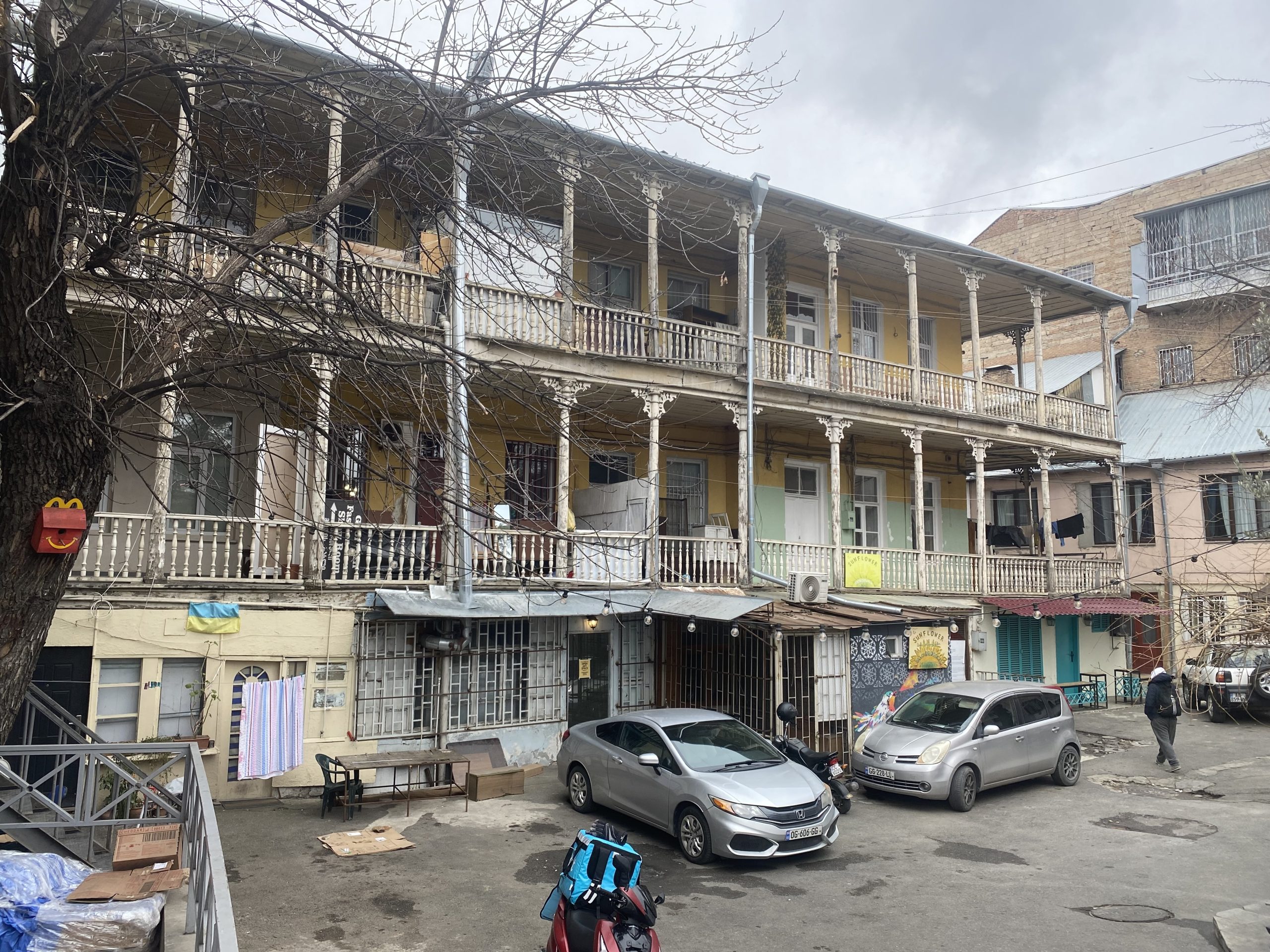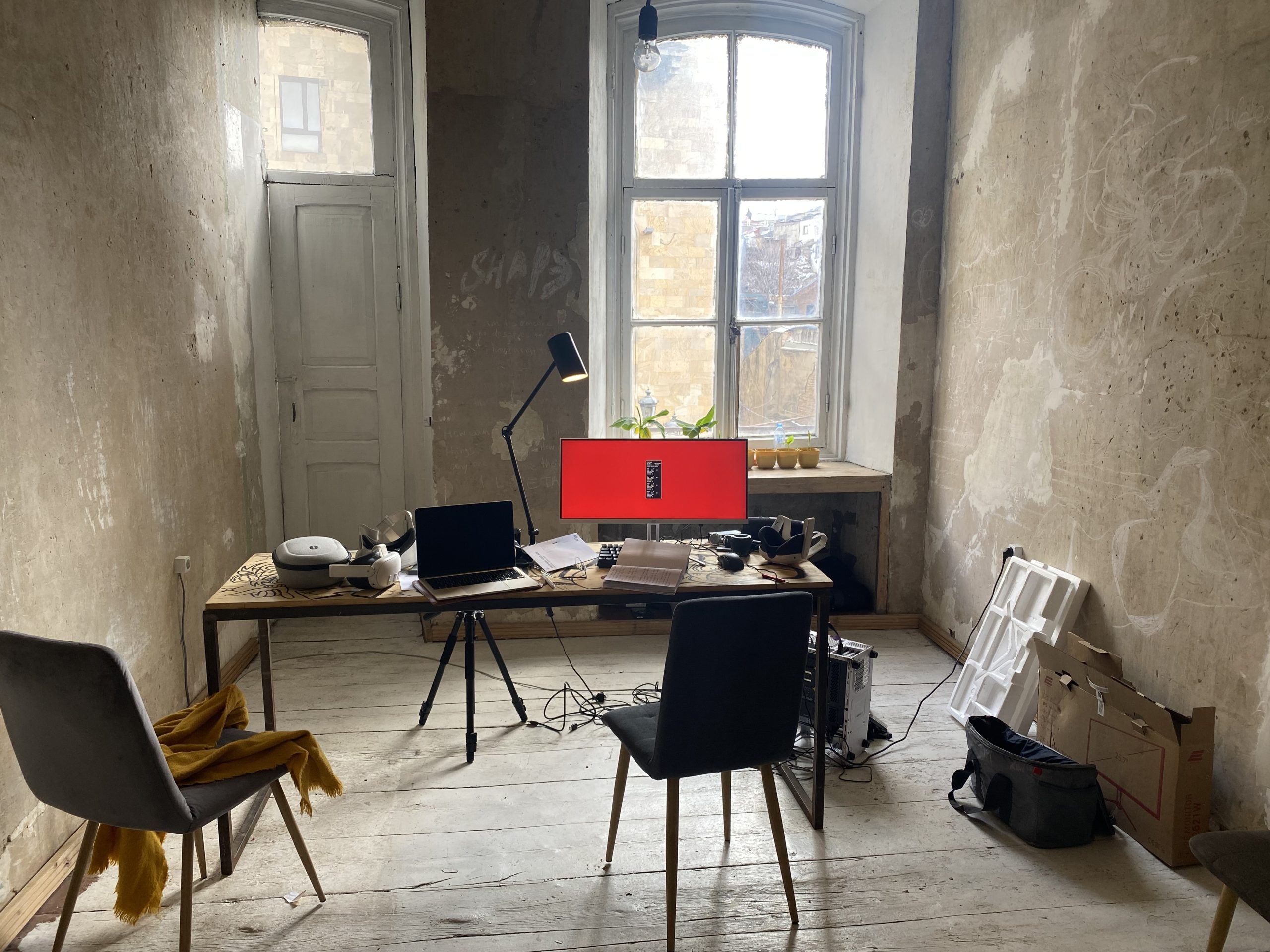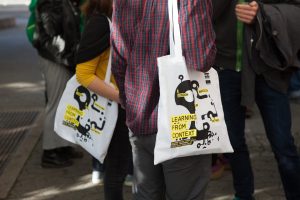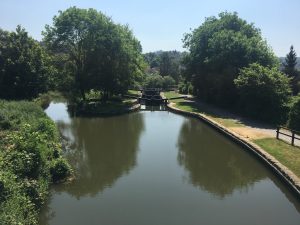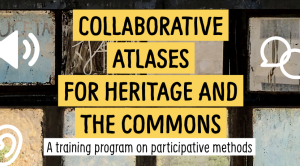In February 2025 we began the first round of workshops promoted by the OASIS project to support the participatory design of 13 cultural centres and their artist residence programs. Tesserae is facilitating the exploration of the territories surrounding the centres, applying the urban reconnaissance methodology to the aim of fostering an holistic understanding of the neighbourhoods and the impacts that the project can bring on them.
We are travelling with the project’s main partner, Other Space Foundation from Warsaw, to kick- off the activities in the 13 locations that will host the artist residence programs. The bulk of the three-day workshop is dedicated to the participatory planning process, which aims to create or reorganise the activities of the project’s Oasis spaces. Contributing to this task, our role has primarily been to facilitate reconnaissance exercises in the surrounding neighbourhoods, with the goal of drawing attention to the project’s potential contribution to the territories that host the activities, as well as the inspiration and resources that the artist in residence may retain from the territory. The main purpose is to emphasise the connections to local communities that the art residency program could build up. The locations are very different from each other, ranging from cultural centers with an already established presence to structures to be regenerated and put to use, from large capital cities to small rural villages, from Northern and Central European contexts to Eastern and Caucasian ones; which makes the application of a common methodology and the process of adaptation to each context as challenging as interesting.
In each location we proposed a short URLab, a minimal version of the reconnaissance labs developed by Tesserae using the platform designed by the oginoknauss collective, adapting the method to the specific situation. The general objective is that of creating a map and an itinerary to discover “unobvious” elements of the local identity, collecting places, stories, heritage landmarks and any kind of resources that the local Oasis and the visiting artists could access to develop their projects. In every location we asked the participants to identify interesting locations to be included in the map, creating an itinerary that may suggest original perspectives on the neighbourhood. The plan is to collect such 13 maps, enriching and developing them also as some form of artwork to be presented at the end of the project in the Brussels final conference. At the same time, these maps will constitute a tool to support the ongoing activities the Open Art Spaces.
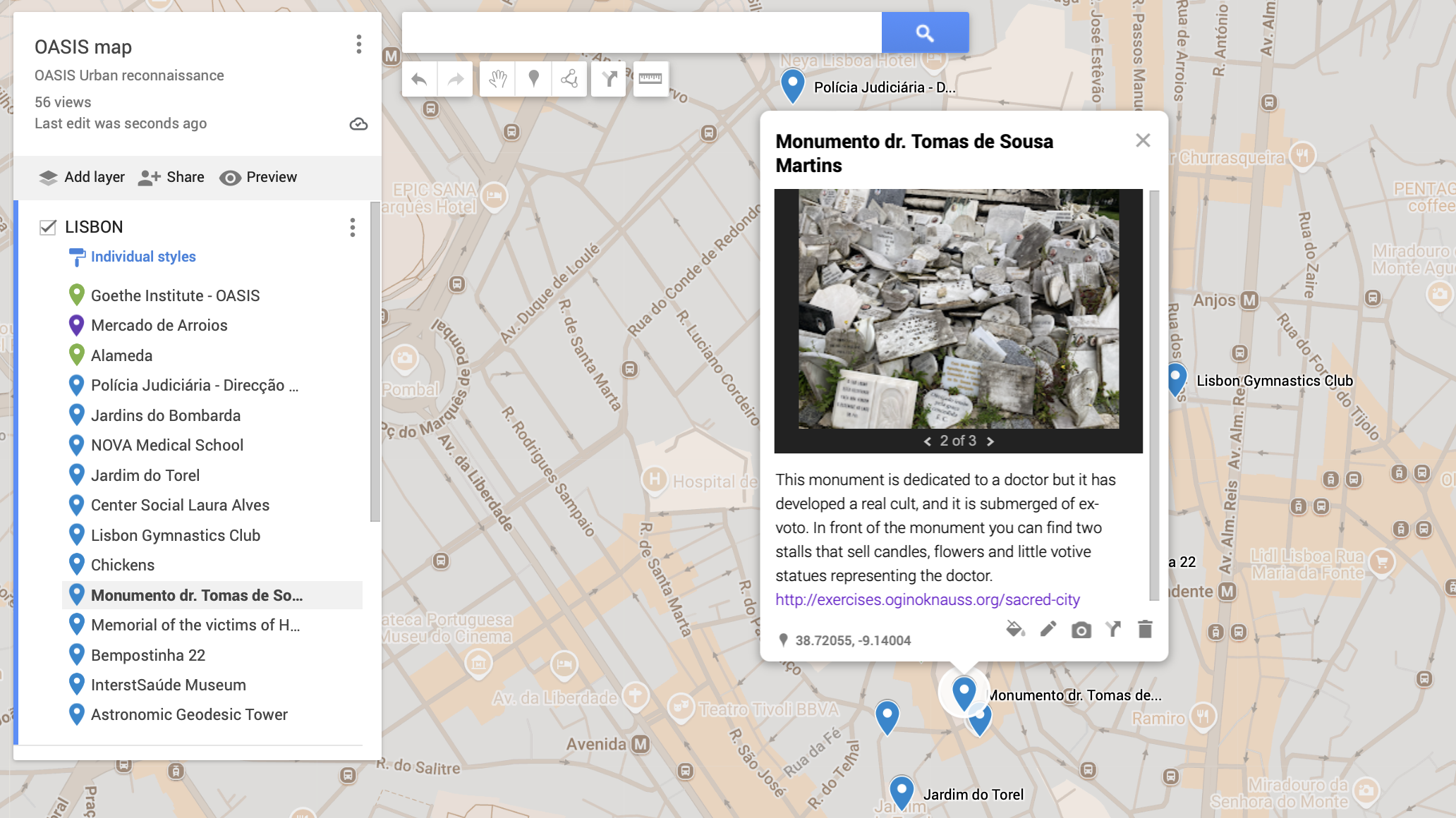
Mestia
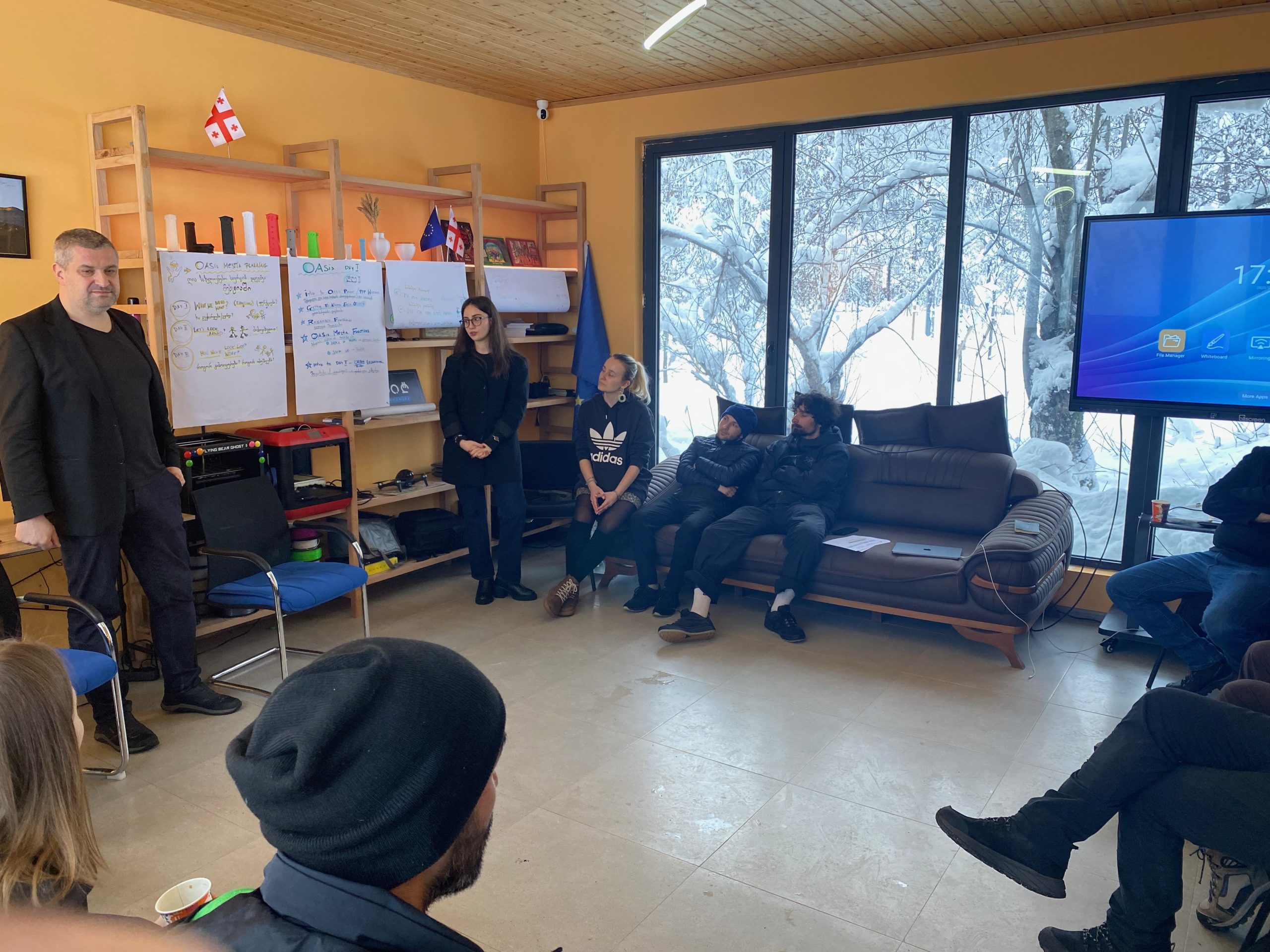
We started from the village of Mestia, a high mountain location in the Svaneti Region of Georgia. The village is a renown touristic destination with a ski resort, and the Oasis is taking place in a structure named “adventure park”, which is actually a lovely bungalow at the margin of the village currently used mostly by youngsters doing digital activities and gaming. Organising a reconnaissance lab in Mestia has been challenging, as the village was submerged by snow and the medium temperature during the day was about -8, but it even if we could reach only few locations of those suggested by the participants, the exploratory practice was very inspiring.
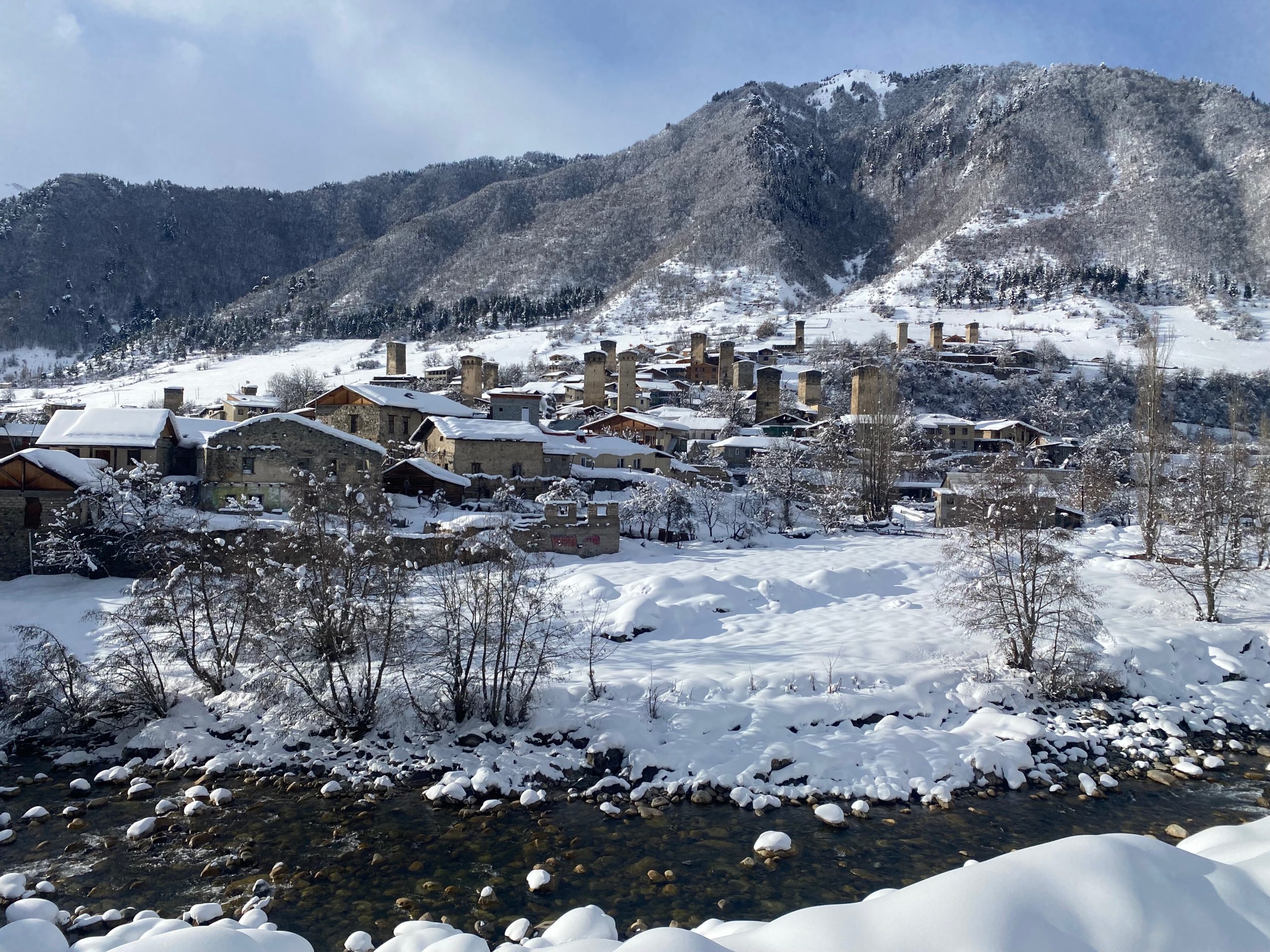
Tbilisi

Successively we visited Tbilisi, where our local partner One Caucasus is just moving in the new space in the central neigbourhood of Rustaveli, shared with the Georgian Institute of Social Research. The building is an old traditional wooden house, and here the participatory planning workshop was particularly focused on designing the multi purpose regeneration of the space. In this case, the exploratory exercise was done in small groups, with the participants reporting their discoveries about a vibrant neighbourhood that show signs of cultural regeneration, but as well the typical omens of possible gentrification.
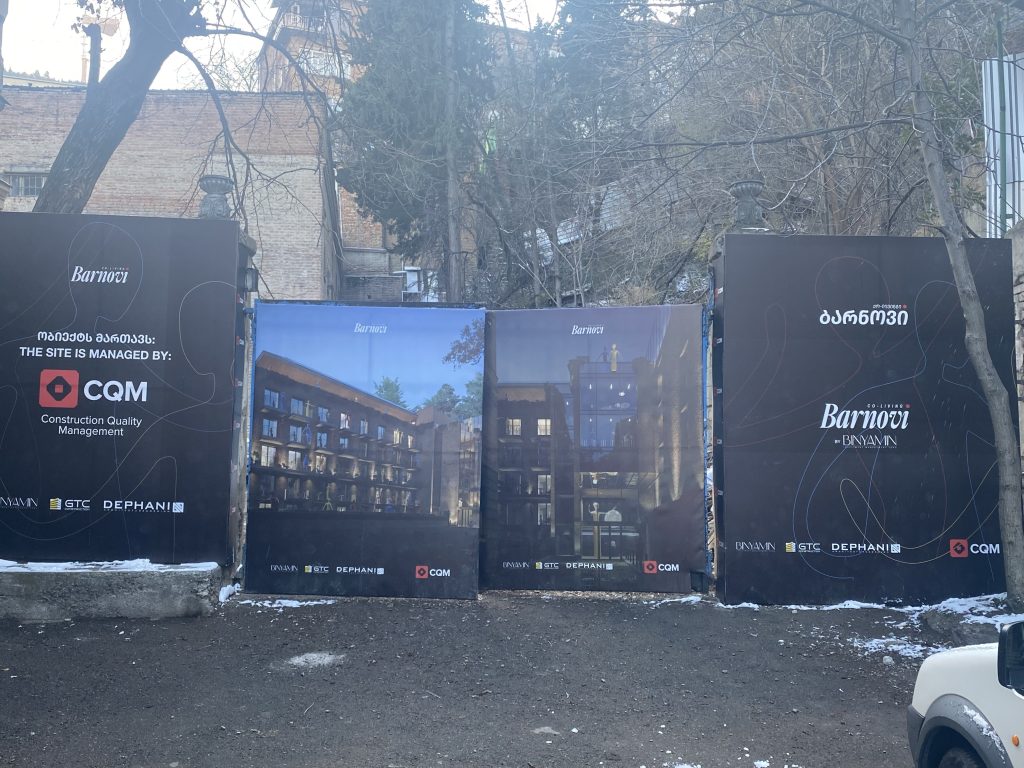
São Luís
São Luís

Portugal has two Oasis, one rural and one urban. We first visited our partner Cultivamos Cultura in the the village of São Luís, Alentejo region. Unlike the other two cases, the cultural centre in an old farm has been operating for more than ten years and organises regular artist residency programs. OASIS allows them to launch a new portion of the farm with studios for artists. The case of Cultivamos Cultura is particularly interesting because they have already established a long and fertile relationship with the surrounding territory and the Municipality of Odemira, positioning themselves as initiators of a broad cultural regeneration process in the village while also successfully avoiding strong gentrification and speculative impacts.
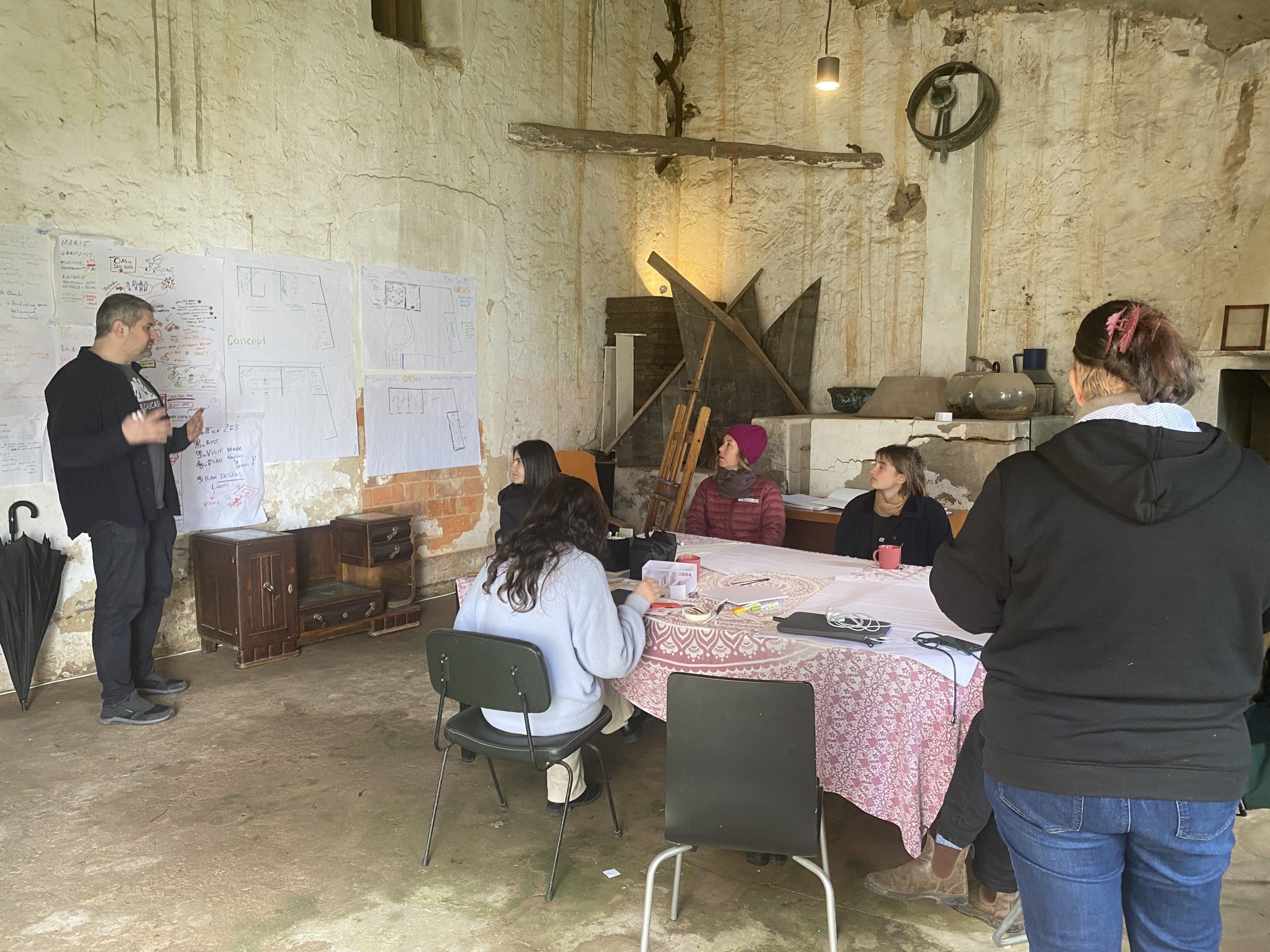
Lisbon
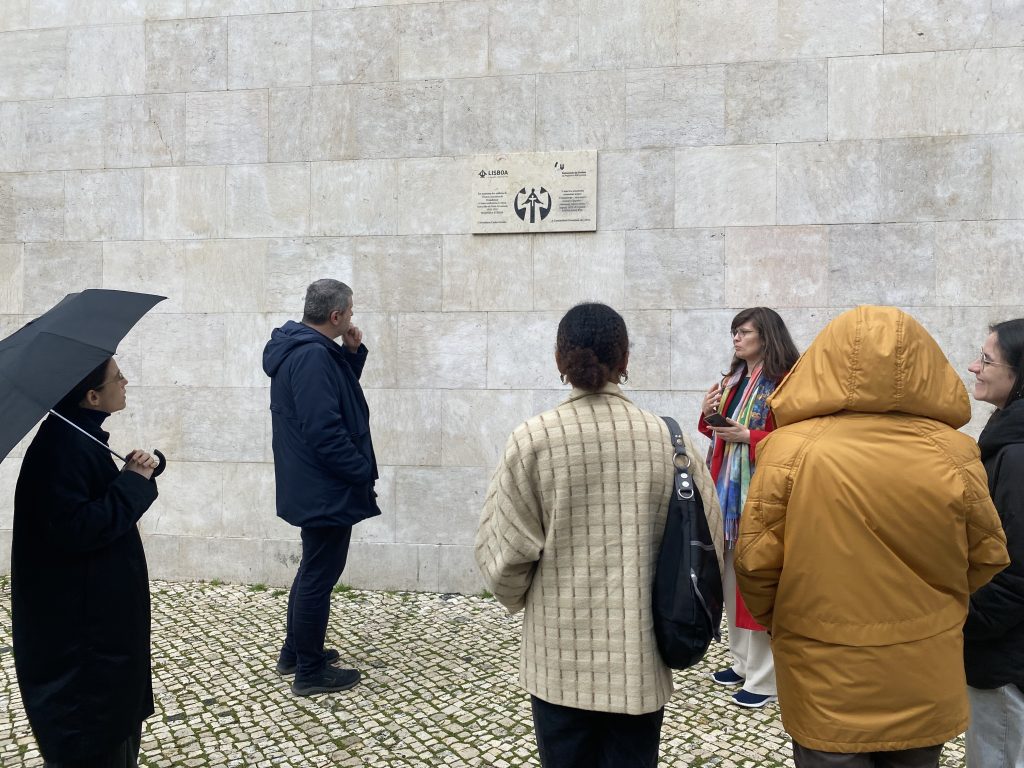
In Lisbon, the scenario was once again different: the partner is Gerador, an organisation primarily involved in journalism and participatory practice, and they are just moving in to take their new seat in the Goethe Institute of Lisbon. The participatory planning process was thus focused on establishing this new synergy and opening up to the local community the well-known, but also viewed as elitist, cultural institute. Interesting was also the involvement of senior citizens invited from a partner organisation of Gerador. The exploration of the neighbourhood was very inspiring, with a great density of interesting elements and stories surrounding the central location of Campos dos Martines da Patria. Unfortunately after collecting a large number of interesting spots to visit, our reconnaissance walk was disrupted by a storm and we could not complete the intended itinerary; nonetheless, the Oasis Lisbon map in progress looks extremely promising!
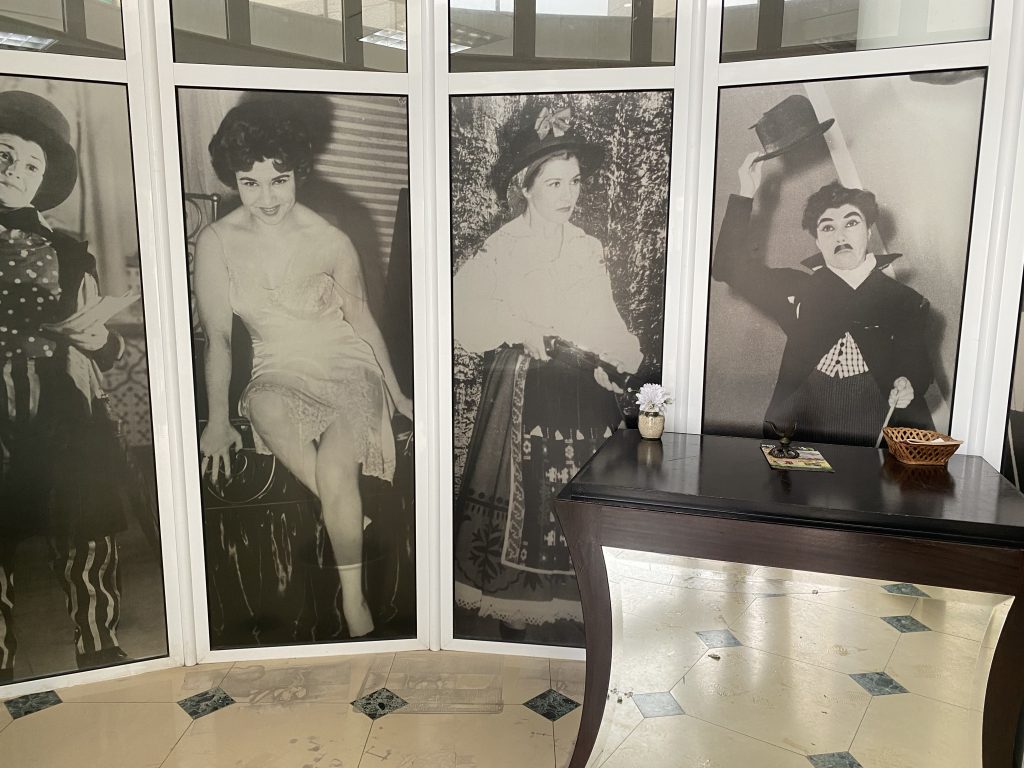
Talin

The workshop in Talin was again the opportunity to kick-off a completely new cultural facilities. Interestingly, Talin is an Armenian town that in Soviet times had an industrial economy and was administrative center, and even if the productive plants have been mostly dismissed it inherited an amazing number of cultural facilities. A village of about 5000 inhabitants, it has modernist House of Culture, a School of Music and an Art school. Due to the difficulty of the local bureaucracy to provide space for the project in short times, Oasis Talin activated a new small space in the center forts activities. The participatory process was very participated by people of the village of all age, showing an amazing interest in developing the potential of the village. With their collaboration we realised al largely attended reconnaissance walk, visiting different places including the amazing 7th Century Cathedral, the Art School and several examples of Soviet architecture.

Budapest
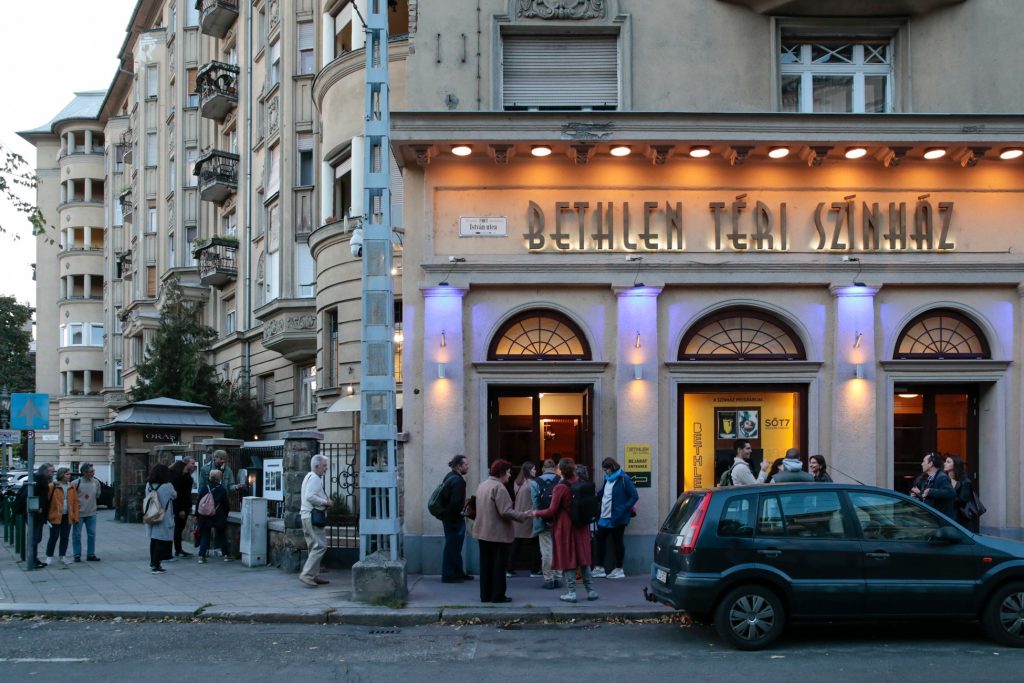
Bethlen Square Theatre is located in Bethlen Gábor Square, a rhombus-shaped square in the 7th district of Budapest, Erzsébetváros. The square is bordered by the Faculty of Veterinary Medicine, the Péterfy Hospital, and the Status Quo Ante Synagogue. In one corner rises a seven-storey residential building whose ground floor has housed Bethlen Square Theatre for almost a century. Classical columns, rounded balconies and ornamental reliefs soften the geometry of the square, while the art deco lettering on the façade recalls the layered history of this cultural hotspot.
Throughout its history, Bethlen Square Theatre has served as a cabaret, a cinema and a theatre, reflecting the district’s vibrant cultural scene once nicknamed “Chicago”, known for cabarets, cafés, and the rapid urbanization of the early 20th century. Today, the theatre is embedded in a diverse neighbourhood where residents live directly above and beside it, alongside many international students, tourists and expats. The area has been in recent years strongly shaped by touristification, a scarcity of public spaces, housing inaccessibility, and a growing sense of disconnection among neighbours.
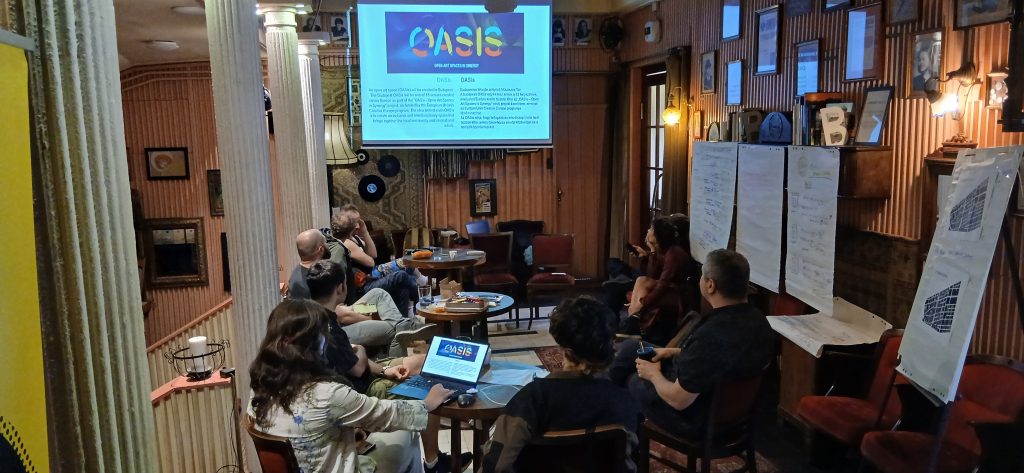
In this context, Bethlen Square Theatre has become a vital meeting place. The participatory planning workshop focused on how to transform the theatre into an even more open and community-oriented space. Current renovation plans include the creation of a café in the foyer and the installation of a transparent portal opening toward the street. Together with local residents, we discussed making the front garden more accessible and strengthening ties between the neighbourhood’s already fragile cultural associations. These transformations will be supported by artist residencies that engage with community life, experimenting with practices of hospitality and storytelling. Bethlen Square Theatre is reclaiming its role as a cultural anchor and neighbourly refuge, an oasis in the midst of rapid urban change.
Poprad
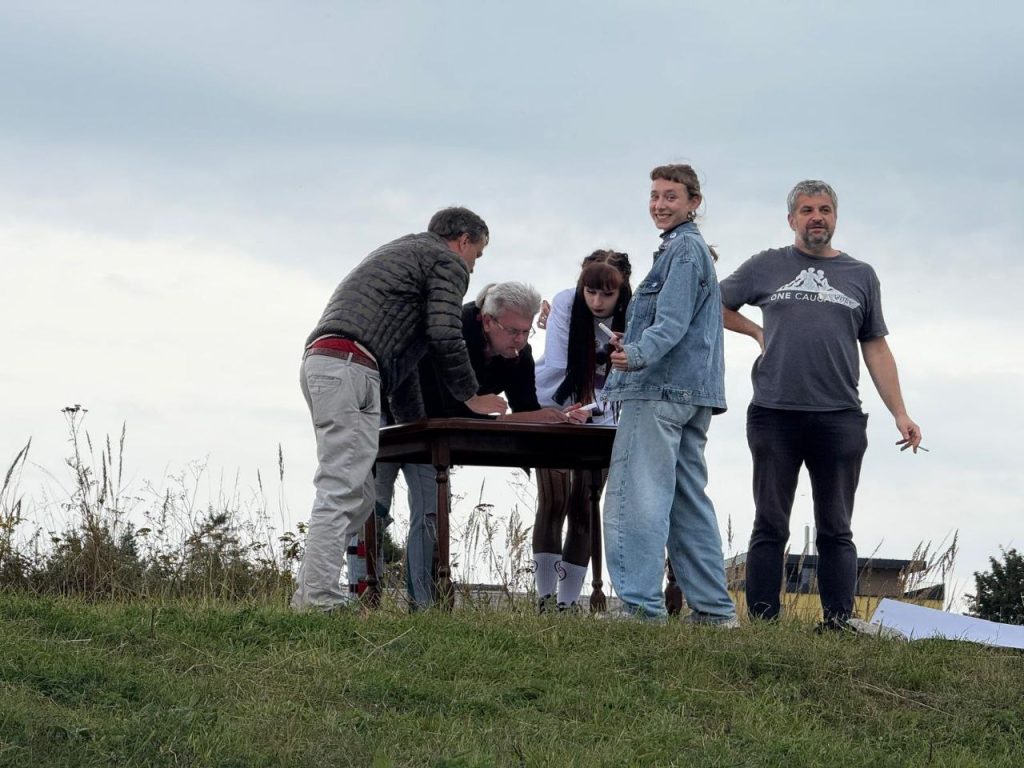
Similarly to the Oases in Talin and Mestia, Poprad is a small city with strong rural characteristics, flourishing at the foothills of the Tatra Mountains, which form the natural border between Poland and Slovakia.
The participatory planning process took place in Koľaj 22, an underground cultural centre that has become a safe and open space for alternative communities in the region. Teenagers and young adults are deeply involved in the regeneration of this former carpentry workshop, located next to the railway tracks of Poprad’s station, through music and cultural events, fairs, lectures and workshops. The identity of both the cultural centre and the city itself is strongly marked by the railways: they connect the country from west (Bratislava) to east (Košice) along the Tatras, and since their construction in the late 19th century they have also contributed to the development of the area as a touristic site.
Urban development strategies in this region are often characterised by the loose application of nature conservation regulations and by the entanglement of local policy makers in clientelist networks that prioritise private developers’ profit over the protection of sites of unique biodiversity.
During the exploration of the area, we were able to retrace the origins of the underground culture that gave birth to Koľaj 22 through some of its most remarkable landmarks: the railway underpass that became a hotspot for graffiti, skating and DIY culture; or the former industrial factory where techno raves once took place before its regeneration as an art gallery. At the same time, we also discovered the heritage of the socialist era, including the physical remains in a local bar of the Soviet military presence during the 1968 Czechoslovak uprising, to the imaginaries of socialist Czechoslovakia after liberation from fascism embodied in sculptures and mosaics. It became clear that we were walking a thin line between Poprad’s aspiration to become more international and connected to wider European experiences, and its will to remain rooted in the local context, its struggles, shared dreams and horizons.
The first round of art residencies worked around the topic of biodiversity conservation through sculpture, photography, ceramics and enamel. In collaboration with OASIS partner Machaon International, the next round of art residencies will take place in Koľaj 22, further enriching its programme, connecting the struggles for cultural expression and environmental protection, and strengthening its role as a cultural catalyst for Poprad and the surrounding region.
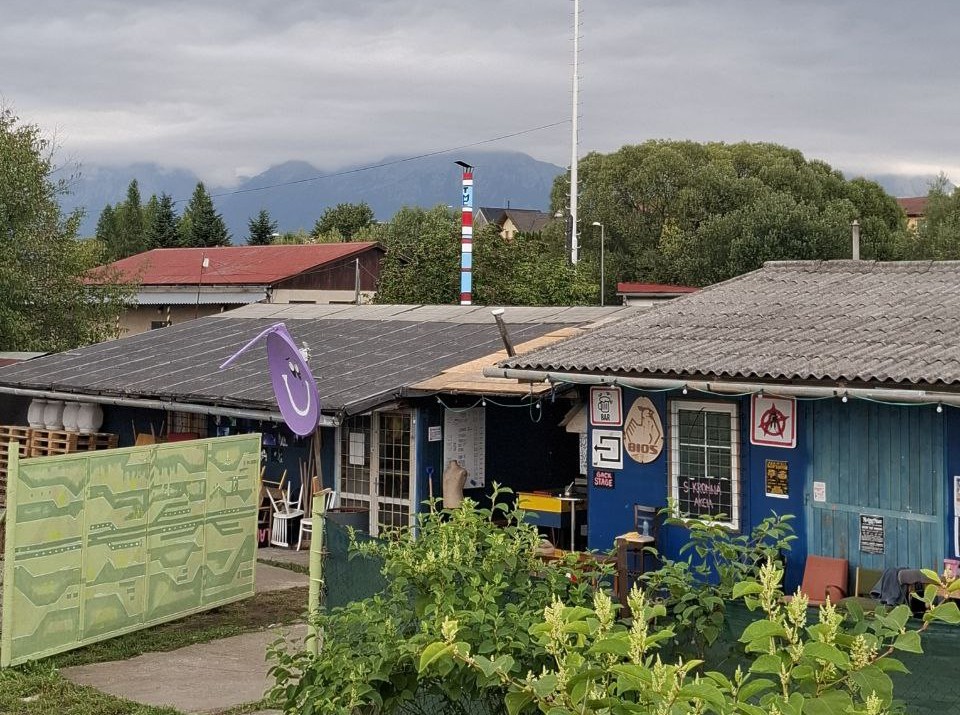
(reporting in Progress)
Program
February 19-21: Mestia, Georgia
February 24-26 : Tbilisi, Georgia
March 16-18: São Luís, Portugal
March 19-21- Lisbon Portugal
April 15-17 : Talin, Armenia
May 3-5 : Bordeaux, France
May 7-9 : Napoli, Italy
May 21-23: Budapest, Hungary
September 8-10: Poprad, Slovakia
Open Calls for Residence:
https://theoasisproject.eu/kibla-open-call
Link & Download
